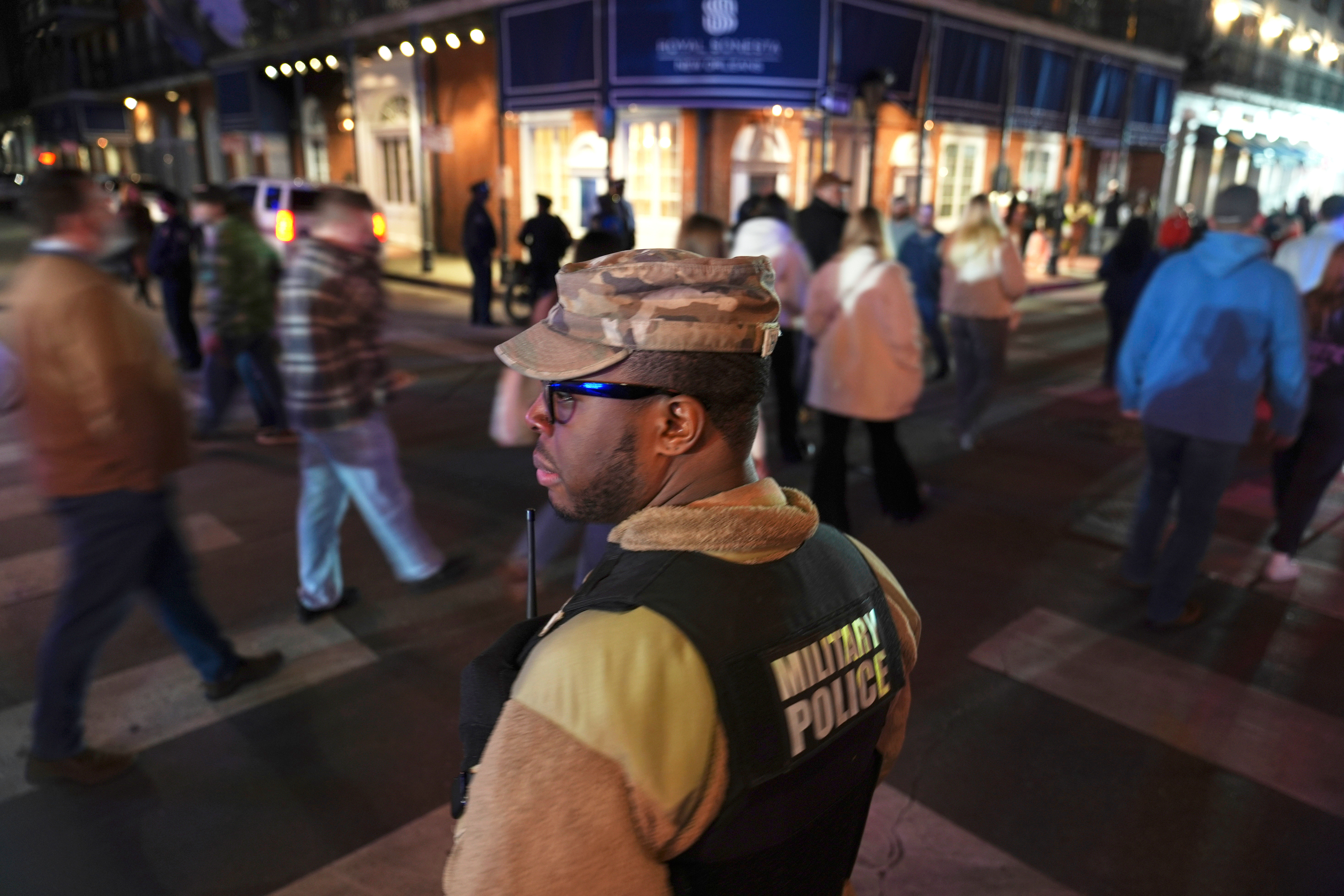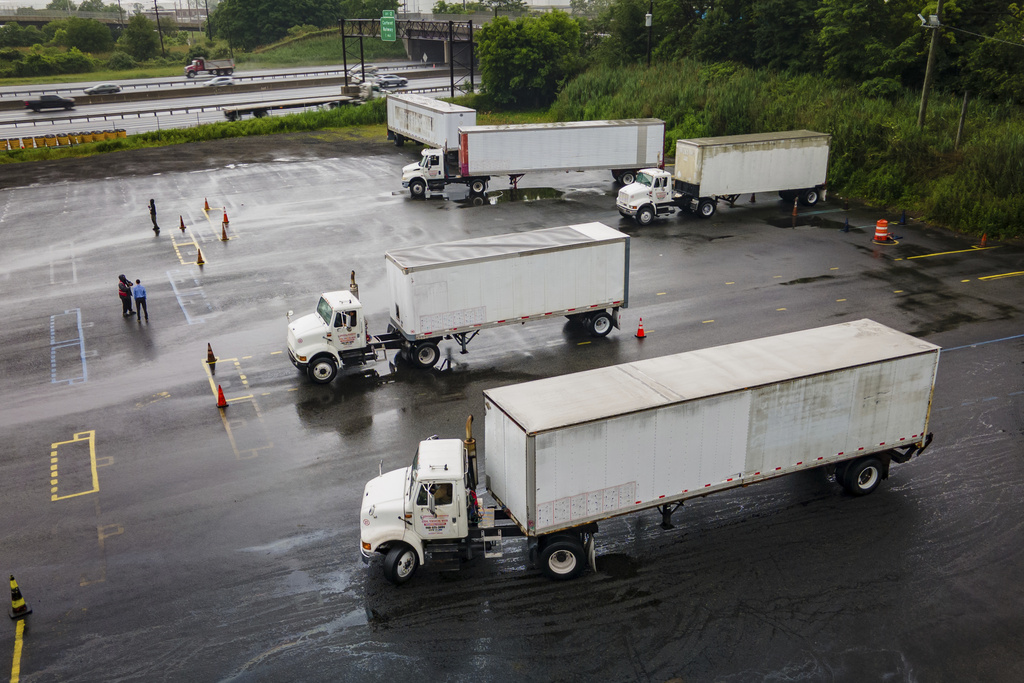In the year since the U.S. hit its highest interest rate in more than four decades, the American workforce asked for more compensation than ever before.
According to data from the Federal Reserve Bank of New York, the average lowest wage Americans said they would be willing to accept for a new job was $78,645 in July 2023. It is a nearly $6,000 jump from July 2022.
Employers have had to respond to the demands of potential workers. From March-July 2023, the average offer for a new job was $69,475, which was nearly $9,000 more than the previous year.
The average expected likelihood of working beyond age 62 declined to 47.7% in July 2023 from 48.8% in July 2022, the data found.
The new data suggests that those seeking new jobs are finding better salaries than those remaining in existing jobs. According to Bureau of Labor Statistics data, average weekly earnings increased 3.5% from July 2022 through July 2023.

Chicago mayor wants same minimum wage for tipped, non-tipped workers
A proposal in Chicago could make the minimum wage for most servers nearly $16 per hour if approved by City Council.
Higher wages might also be helping boost workforce participation. The Bureau of Labor Statistics noted that the U.S. workforce participation rate increased to 62.6% in July 2023, compared to 62.1% in July 2022. That has resulted in 3 million more people in the U.S. workforce this year compared to last year.
Even with more workers, the U.S. unemployment rate has remained low by modern standards, holding at 3.5% in July 2023, which was the same rate as July 2022.
But increases to salaries have been offset by inflation. After hitting a peak inflation rate of 9.2% in June 2022, the consumer price index reached 3.2% in July 2023. Although the inflation rate is considerably lower than in 2022, the Federal Reserve hopes to see inflation rates get to 2%.









